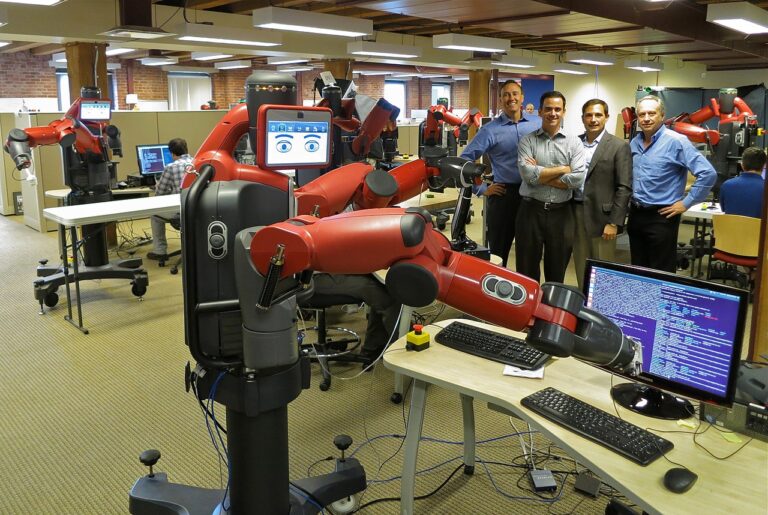The New York Times Editorial Board applauds recent steps taken by New York University and Columbia University to tighten their policies on unpaid internships to prevent exploitative arrangements. According to a report last year by the National Association of Colleges and Employers, nearly half of the internships taken by college students in the class of 2013 were unpaid, and many likely violated federal labor guidelines requiring that unpaid internships at for-profit companies “must be for the benefit of the intern.”
The Washington Post reports on difficulties federal and state officials have encountered while trying to collect a $6 million judgment against Henry’s Turkey Services, a Texas company that was found guilty last year of discriminating against 32 mentally disabled workers. The verdict was the largest in the history of the Equal Employment Opportunity Commission. The company has since filed for bankruptcy, and federal officials have only collected assets worth between $30,000 and $40,000.
About 330 detainees at an immigration detention center in Tacoma, Washington were on a hunger strike for better conditions as of Sunday afternoon, the L.A. Times reports. The hunger strike began on Friday. The detainees are seeking, among other improvements, an increase in the facility’s $1-a-day wages for work.
The New York Times continues its coverage on the large wildcat strike at an IBM factory in southern China that began last week when more than 1,000 workers walked off the job. According to the Times, this recent strike is the latest in a new wave of labor militancy in China, where a labor shortage has given workers more power, smartphones and social media have helped workers organize, and dissatisfaction among workers with the ineffective state-backed All-China Federation of Trade Unions is widespread.
The Federal Reserve Bank of New York has unveiled a new graphical tool Monday allowing users to study eight aspects of the labor market, including unemployment, employment, labor demand, hours, and wages.






Daily News & Commentary
Start your day with our roundup of the latest labor developments. See all
December 5
Netflix set to acquire Warner Bros., Gen Z men are the most pro-union generation in history, and lawmakers introduce the “No Robot Bosses Act.”
December 4
Unionized journalists win arbitration concerning AI, Starbucks challenges two NLRB rulings in the Fifth Circuit, and Philadelphia transit workers resume contract negotiations.
December 3
The Trump administration seeks to appeal a federal judge’s order that protects the CBAs of employees within the federal workforce; the U.S. Department of Labor launches an initiative to investigate violations of the H-1B visa program; and a union files a petition to form a bargaining unit for employees at the Met.
December 2
Fourth Circuit rejects broad reading of NLRA’s managerial exception; OPM cancels reduced tuition program for federal employees; Starbucks will pay $39 million for violating New York City’s Fair Workweek law; Mamdani and Sanders join striking baristas outside a Brooklyn Starbucks.
December 1
California farmworkers defend state labor law, cities consider requiring companies to hire delivery drivers, Supreme Court takes FAA last-mile drivers case.
November 30
In today’s news and commentary, the MSPB issues its first precedential ruling since regaining a quorum; Amazon workers lead strikes and demonstrations in multiple countries; and Starbucks workers expand their indefinite strike to additional locations. Last week, the Merit Systems Protection Board (MSPB) released its first precedential decision in eight months. The MSPB had been […]